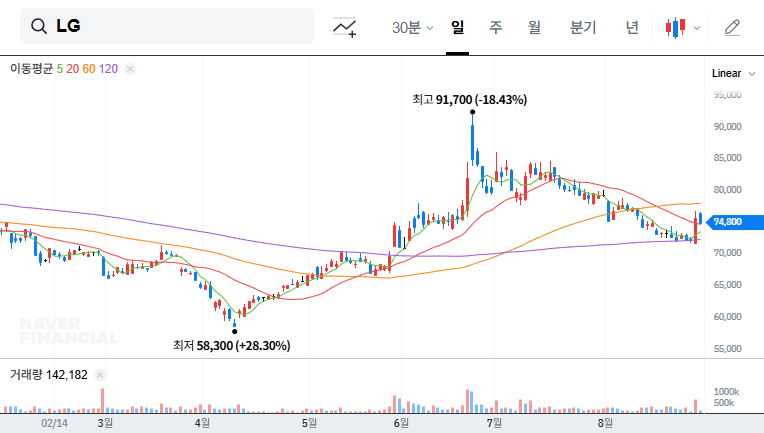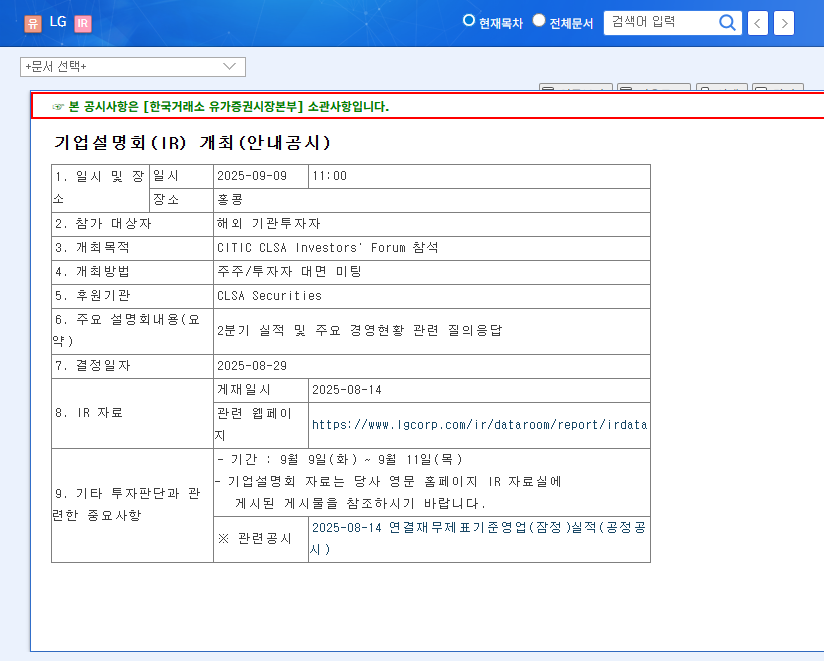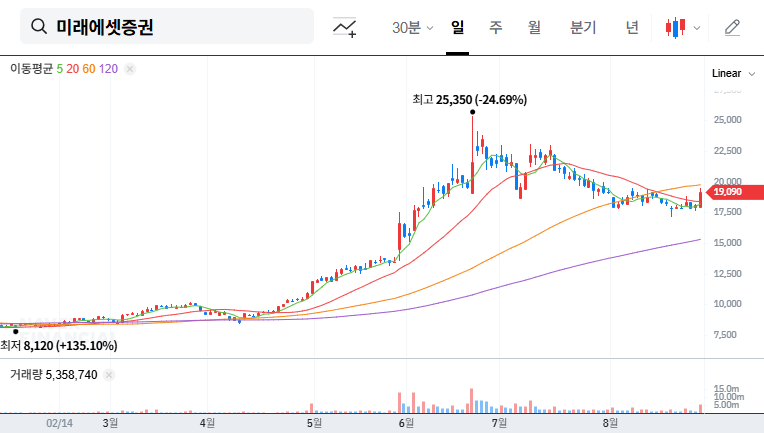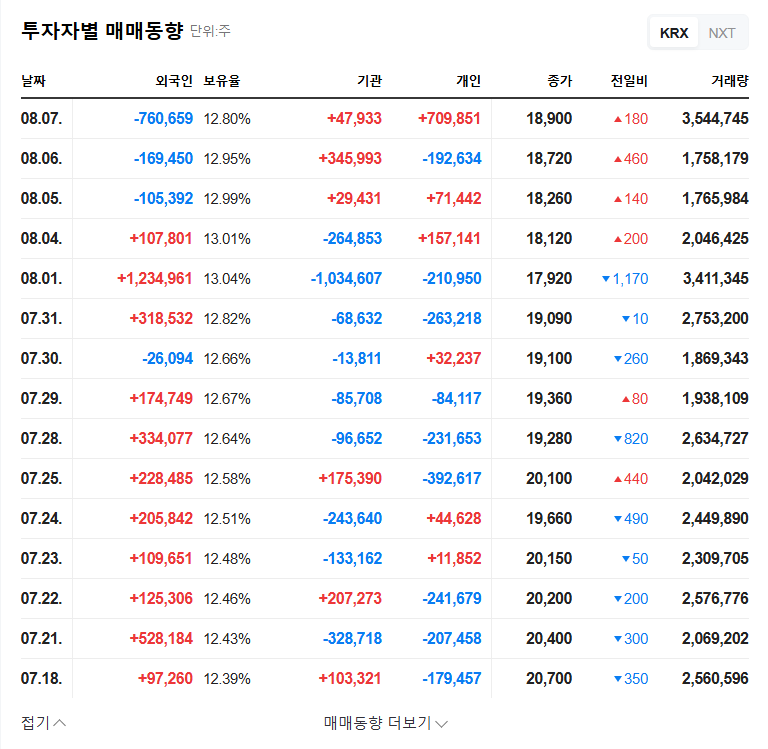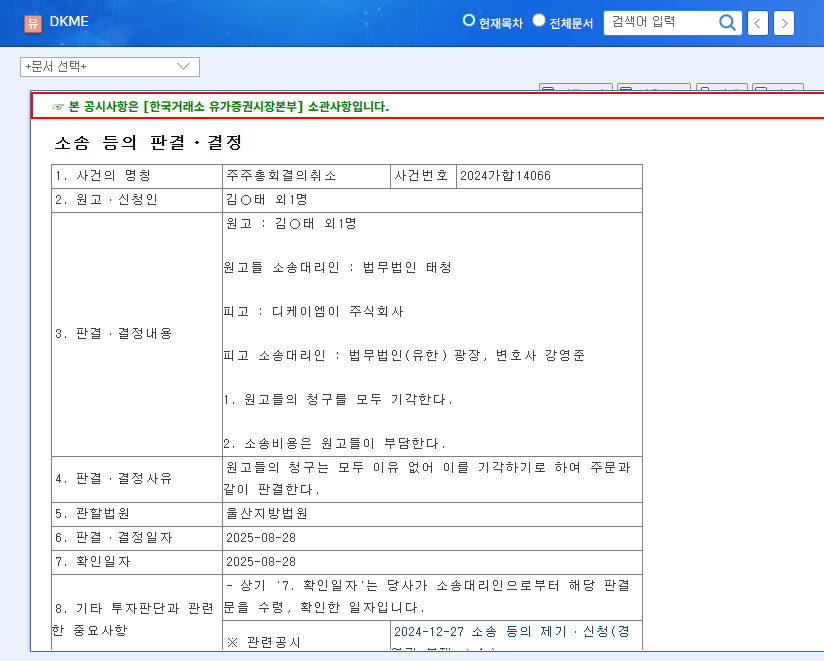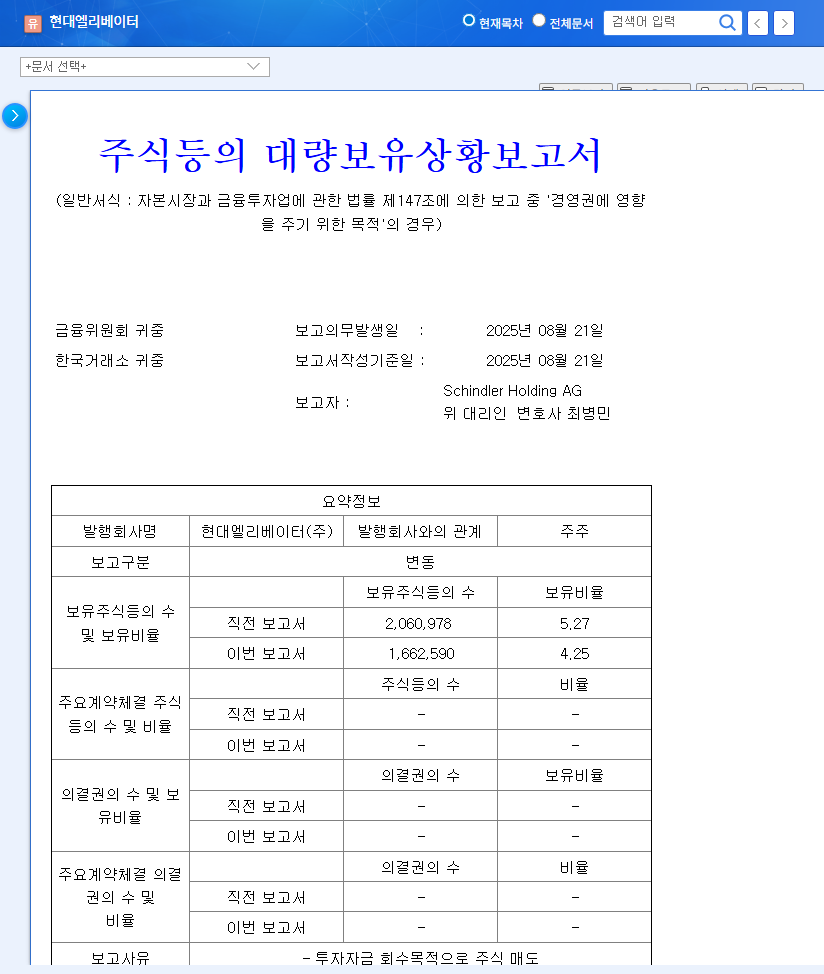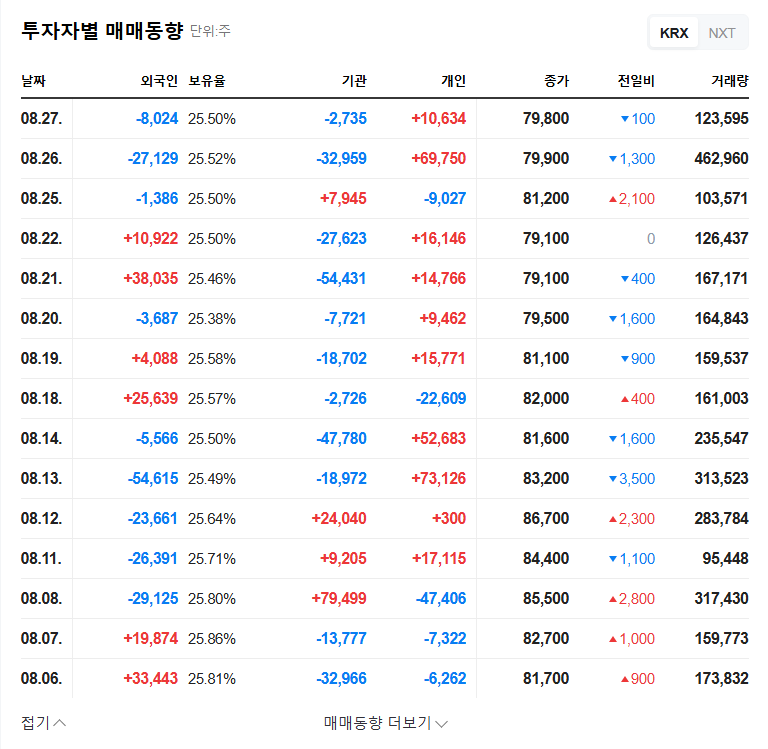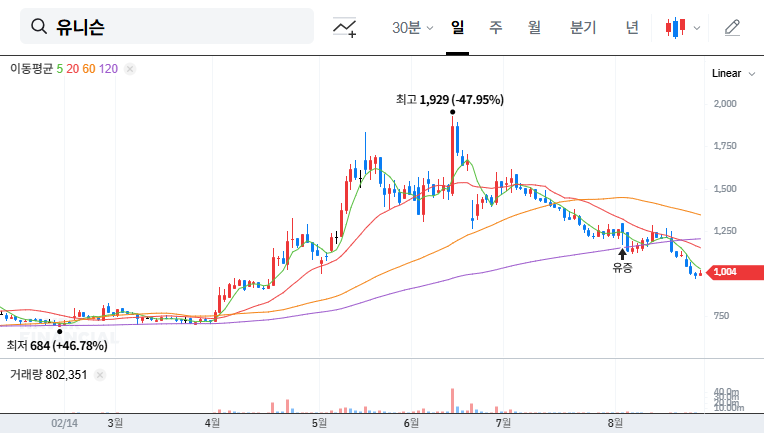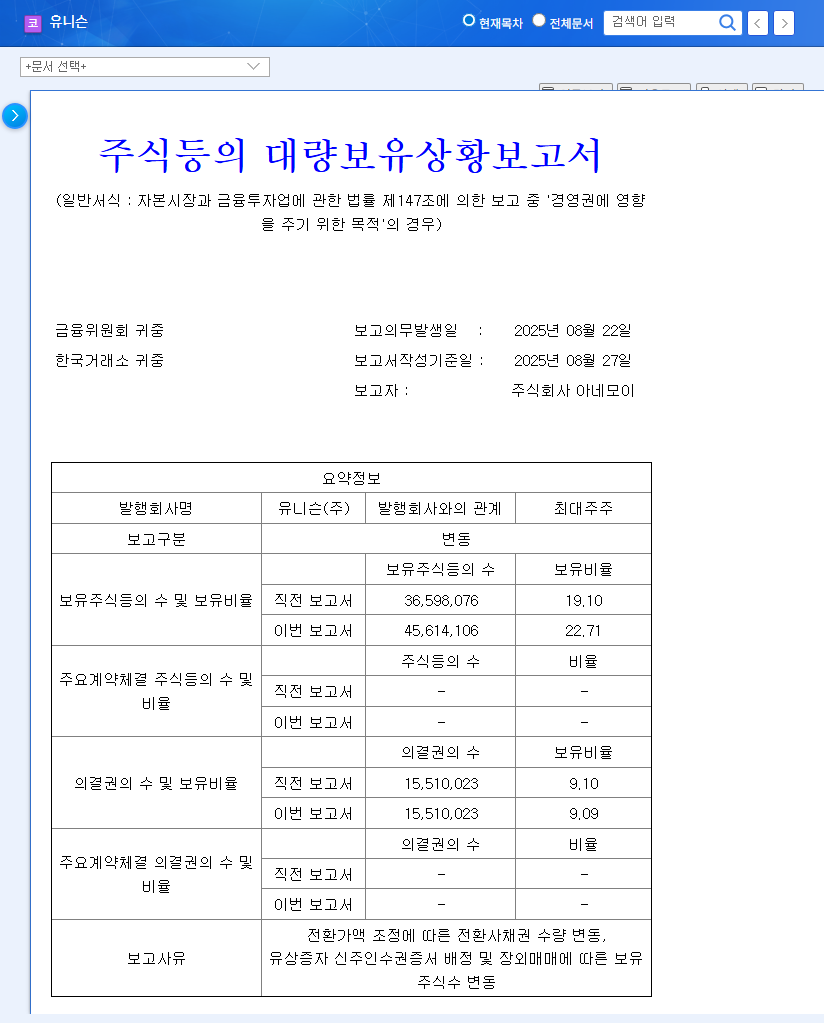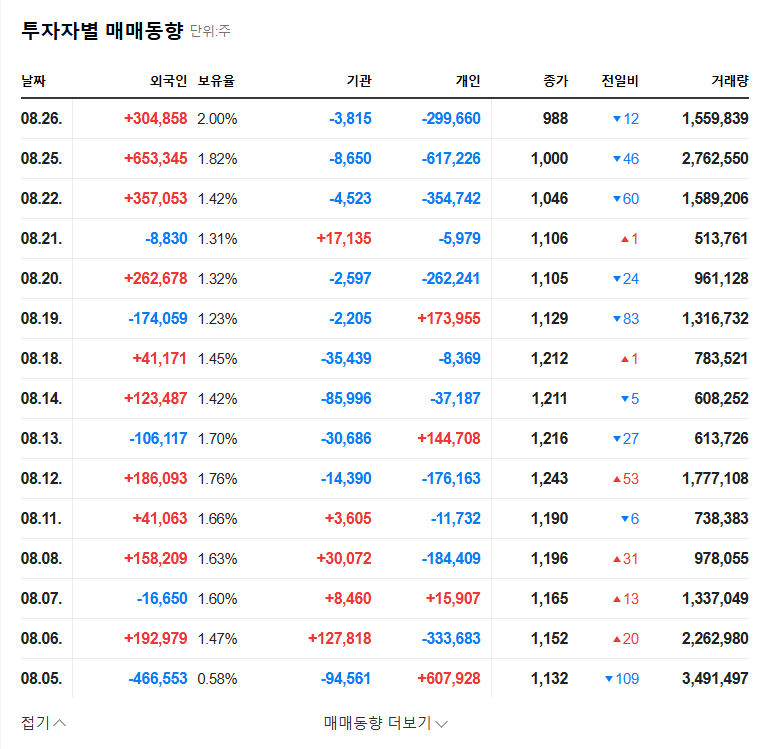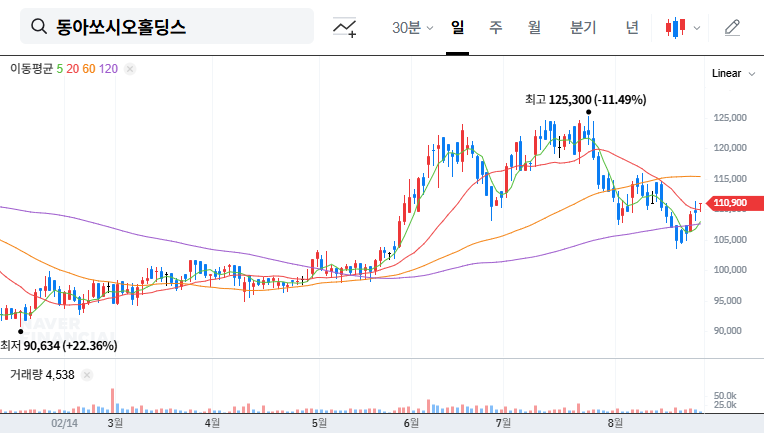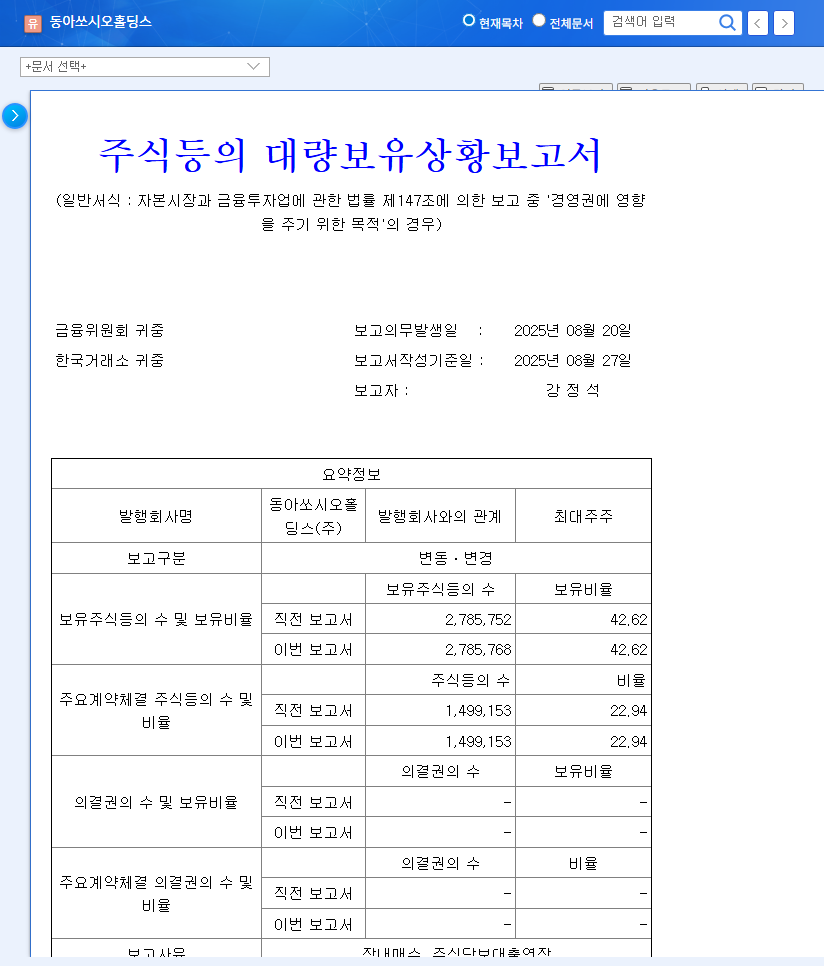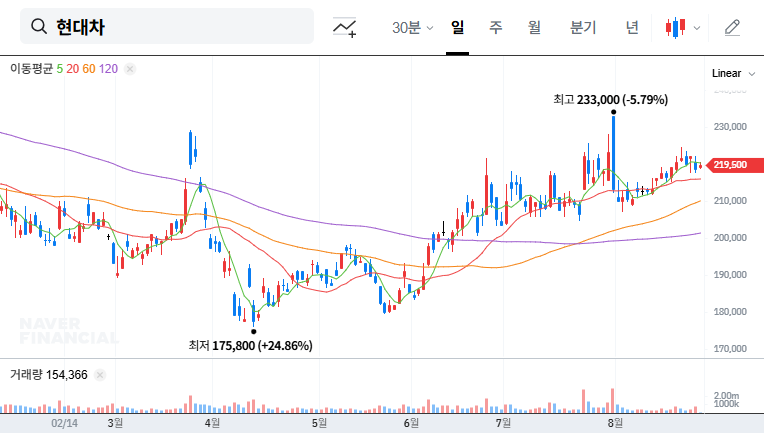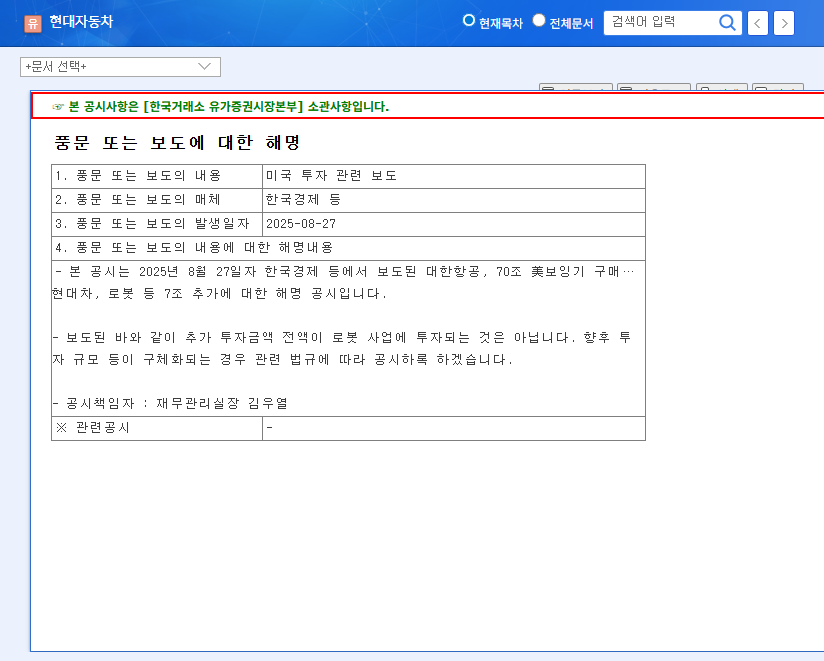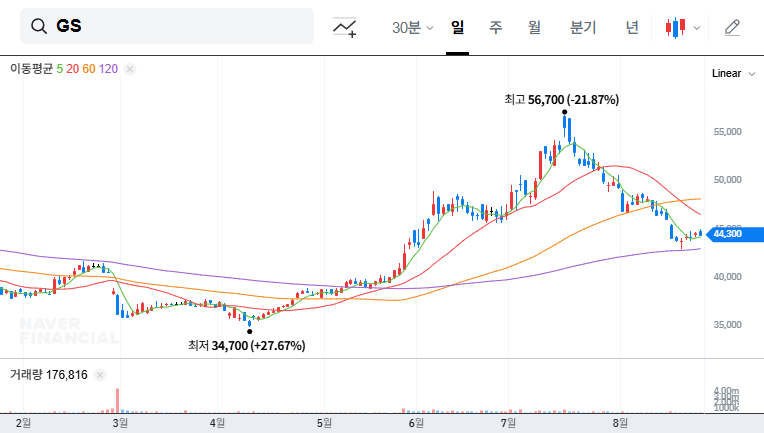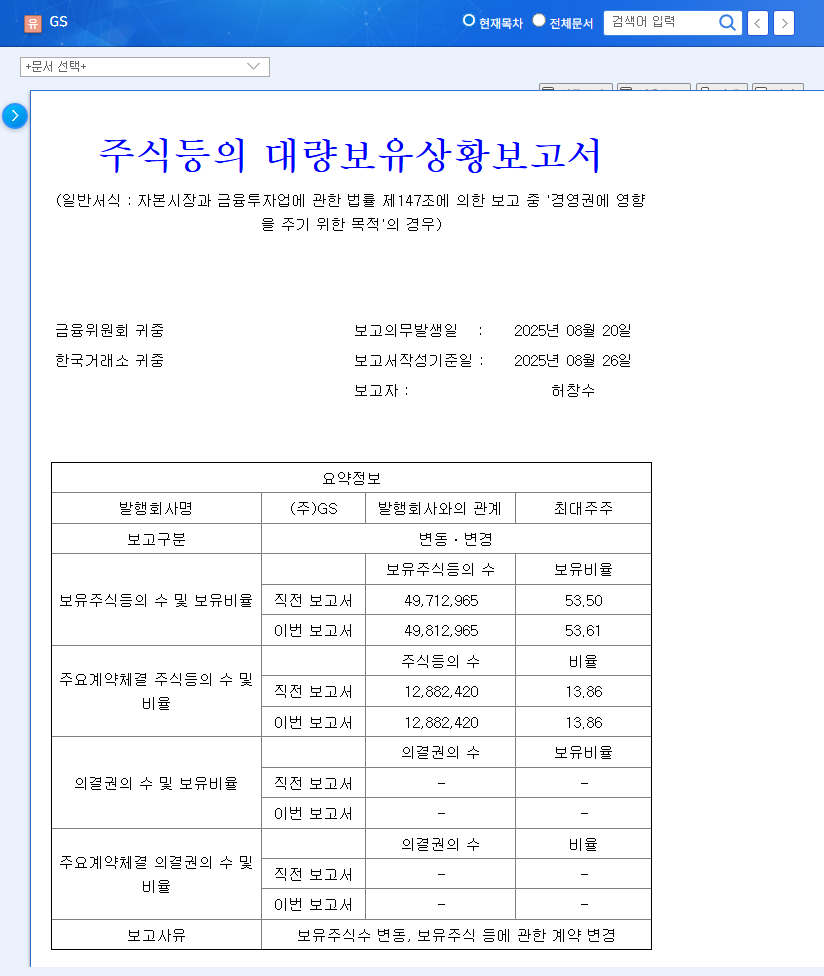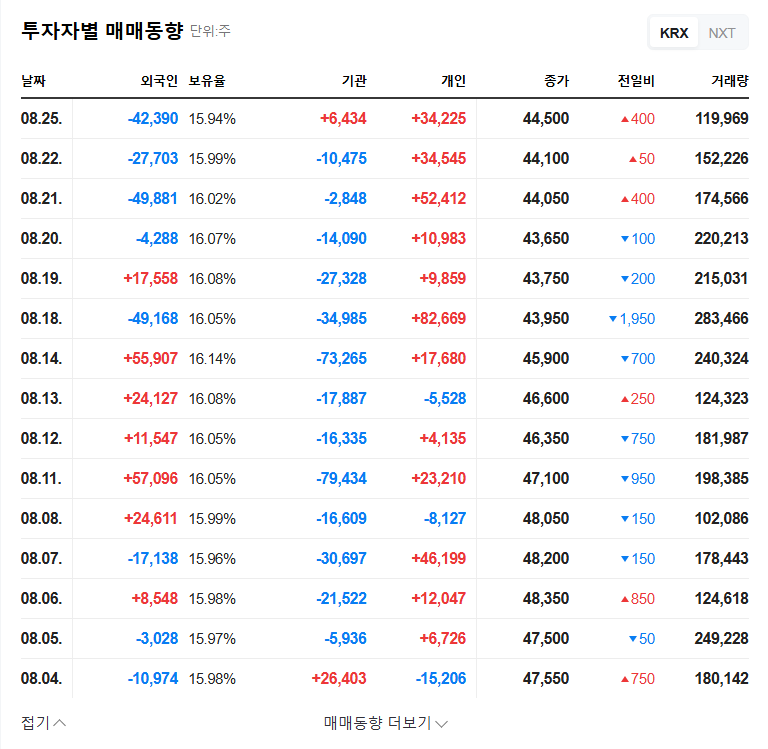The After-Hours Block Trade: What Took Place?
A large block trade of 714,236 shares, totaling ₩2.2 billion, occurred in SeaMechanic’s stock during after-hours trading. Financial investors were the buyers, while other corporations were the sellers.
Behind the Trade: Analyzing SeaMechanic’s Fundamentals
SeaMechanic’s has been experiencing declining sales and operating losses, primarily due to weakness in its IT segment. While the automotive/secondary battery segment is performing relatively better, it remains sensitive to external factors such as conditions in the electric vehicle market. The company’s financial structure is stable, but careful cash flow management is necessary.
What’s the Market Landscape?
Key macroeconomic factors influencing SeaMechanic’s include the rising exchange rate, increasing volatility in raw material prices, and a prevailing trend of frozen interest rates. The exchange rate and raw material prices, in particular, can directly impact profitability.
Block Trade: Opportunity or Threat?
- Potential Upsides: The involvement of financial investors suggests institutional interest and could contribute to stock price stabilization.
- Potential Downsides: Selling by other corporations may exert downward pressure on the stock price, and without fundamental improvements, sustained price increases are unlikely. Furthermore, the volatility in exchange rates and raw material prices adds further risk.
Action Plan for Investors
Investors considering SeaMechanic’s should closely monitor quarterly earnings improvements, progress in new businesses and technology development, and macroeconomic factors. Focusing on long-term fundamental improvements rather than short-term trading fluctuations is crucial.
Frequently Asked Questions
What is an after-hours block trade?
An after-hours block trade refers to a large number of shares being traded outside of regular trading hours. This can have a significant impact on the stock price.
What are SeaMechanic’s main businesses?
SeaMechanic’s manufactures components for automobiles and secondary batteries, as well as IT components.
What is the impact of this block trade on SeaMechanic’s stock price?
While the buying by financial investors is positive, selling by other corporations combined with weak fundamentals suggests potential short-term volatility. The long-term impact depends on fundamental improvements.
